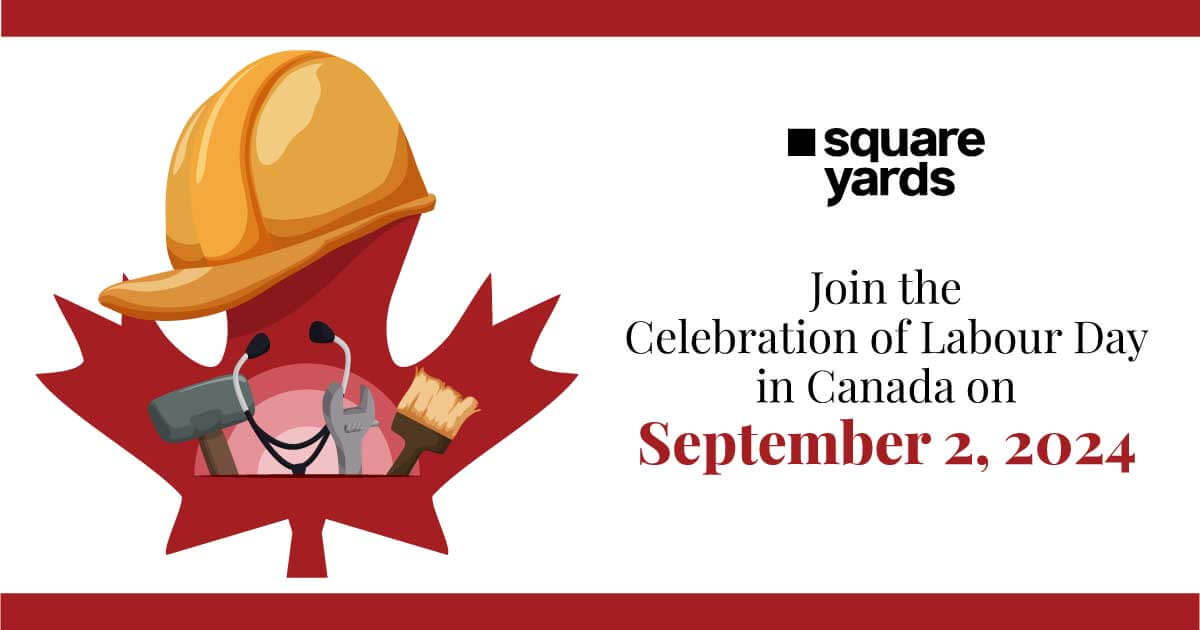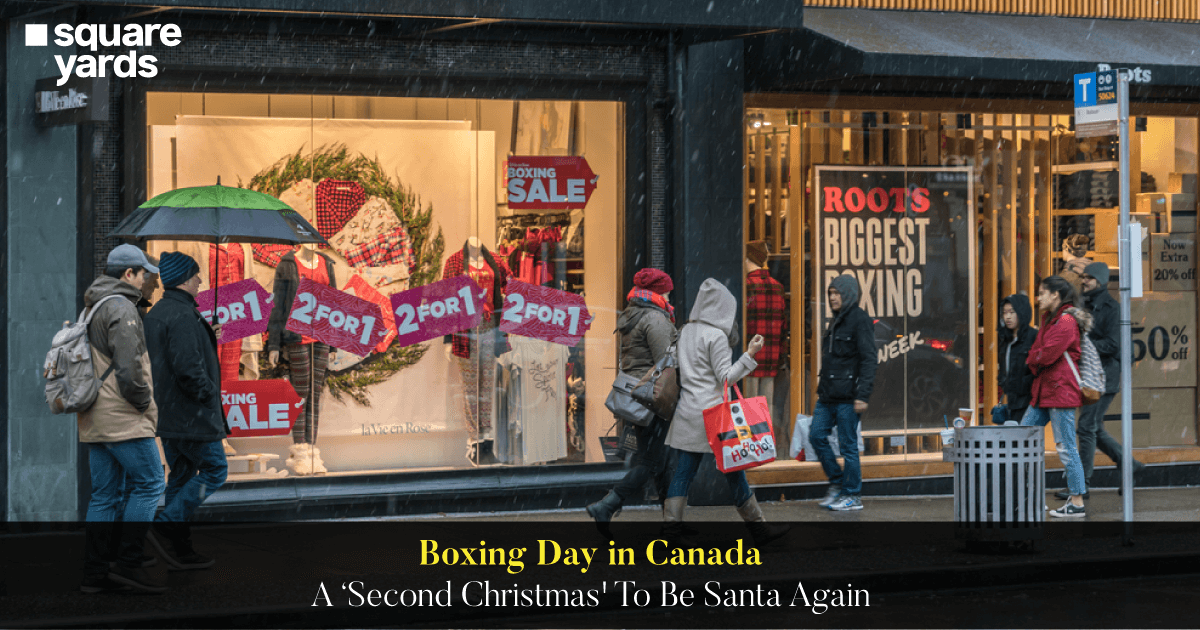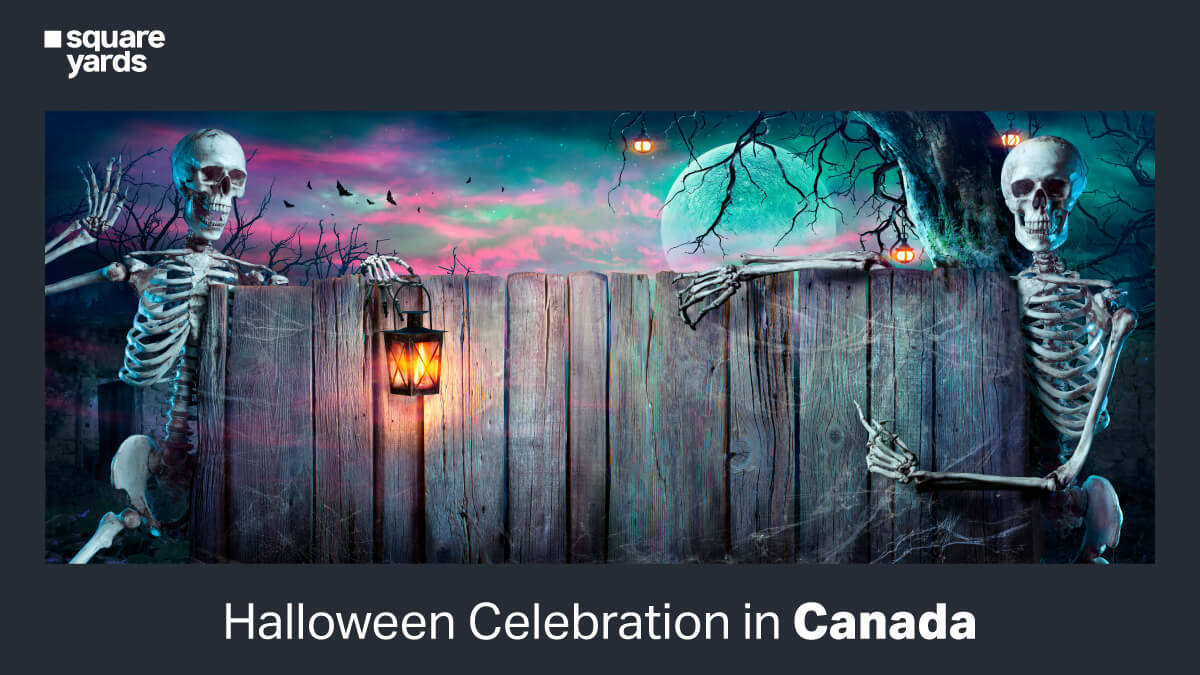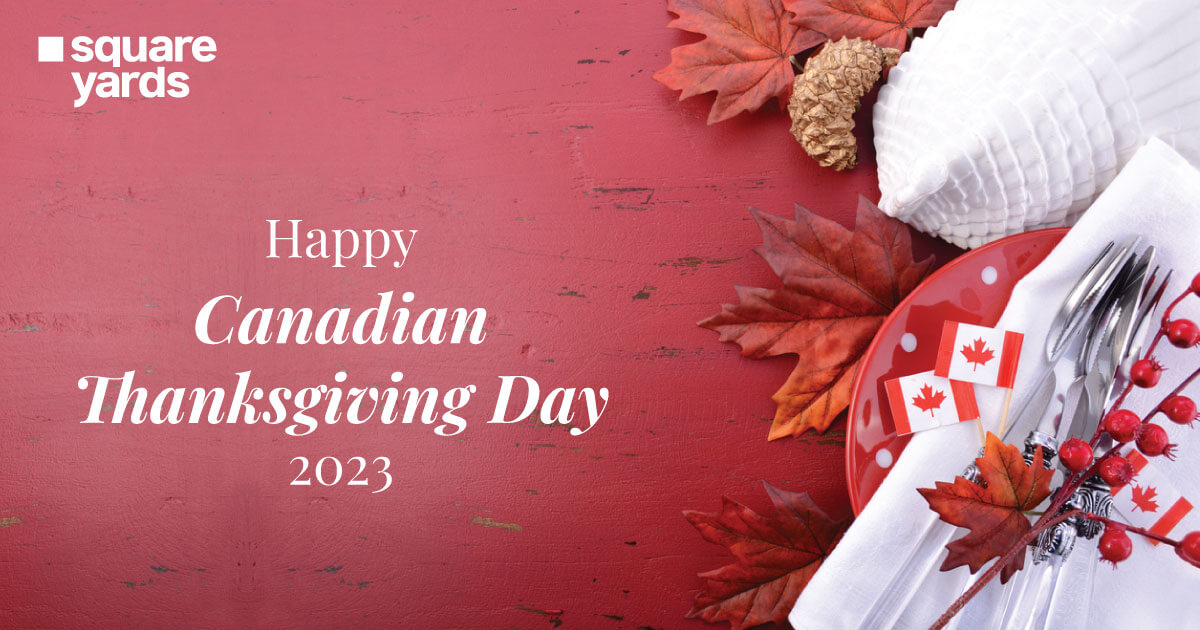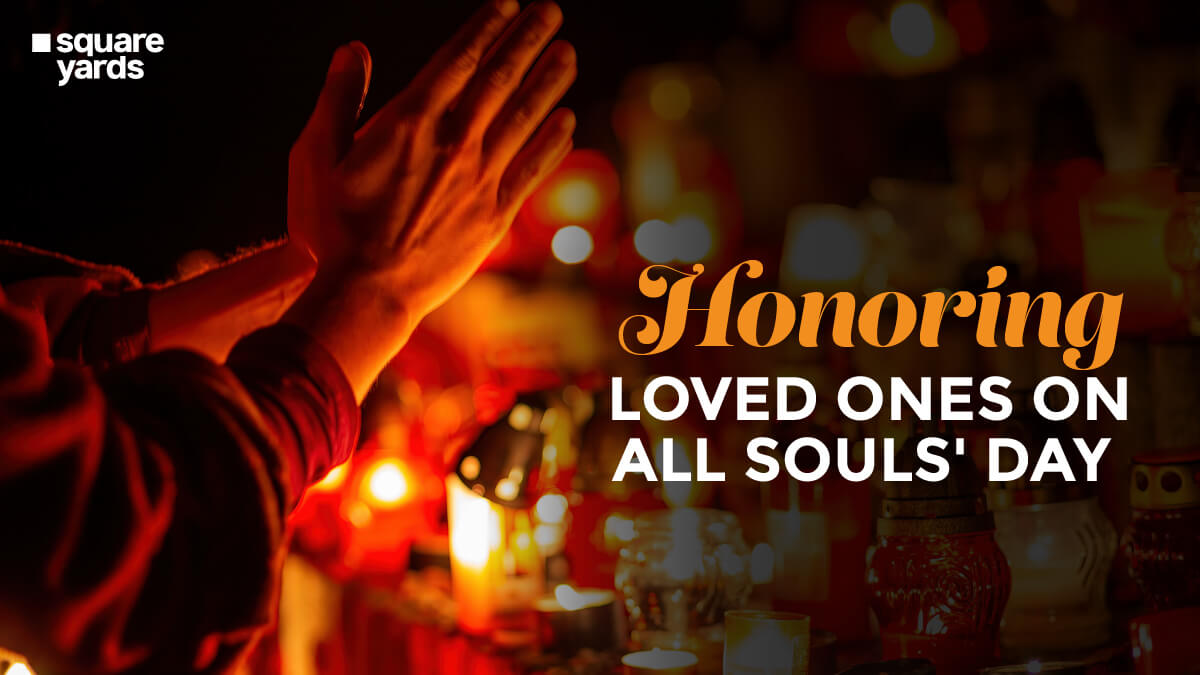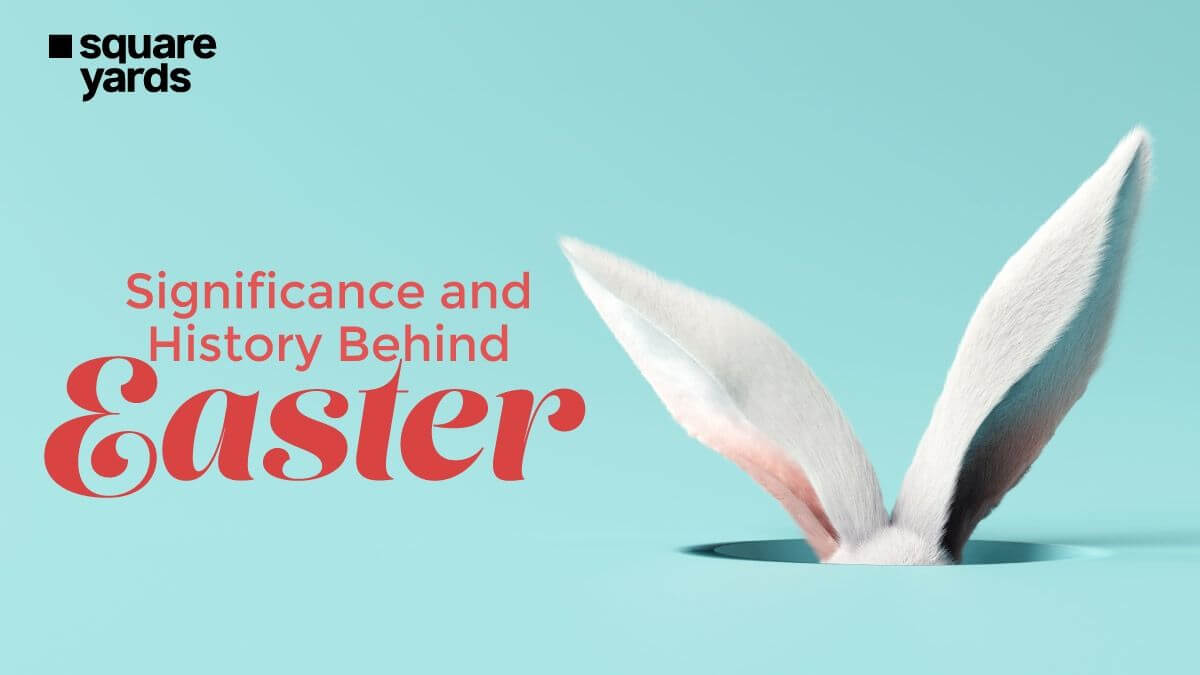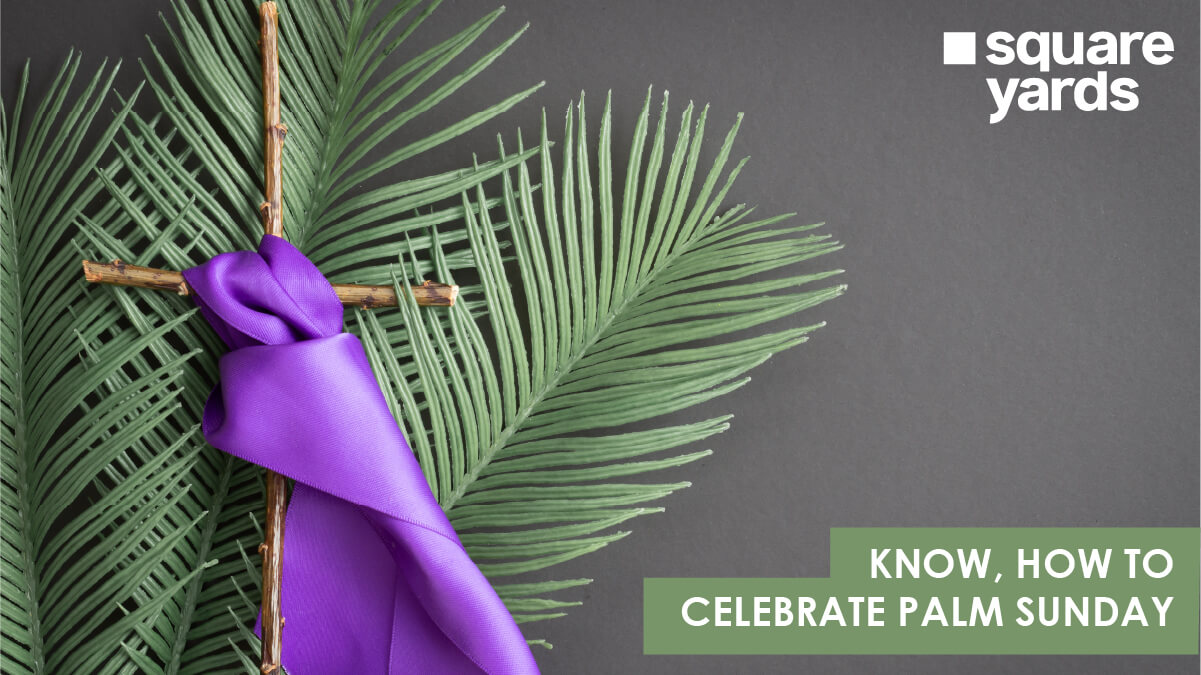On 2 September 2024, Canada will be getting ready to celebrate Labour Day. This special day is about showing appreciation for workers’ hard work and enthusiasm. It’s more than just a day off; it’s a lively event that recognises the rights and achievements of workers nationwide. With the beautiful autumn season in Canada setting the scene, Labour Day 2024 is a time for families, friends, and communities to come together. It’s a chance to learn about the history of this day, enjoy various celebrations, and understand its big impact on Canadian society.
Origin and History: Labour Day
The first recorded celebration of Labour Day happened in 1840 when the labour movement in the United States was expanding quickly. Workers during the period were frequently compelled to put in lengthy shifts under risky circumstances for extremely meagre pay. As a result, labour unions emerged and pushed for improved working conditions and higher compensation. The Chicago Haymarket Riot of 1886 is among the most important moments in the history of the labour movement. In Haymarket Square that same year, many workers gathered to denounce police abuse of striking workers. The crowd was hit by a bomb, which resulted in numerous fatalities and serious injuries. Following the violence, some labour leaders were detained and charged with murder, which sparked large-scale rallies and marches.
In honour of the Haymarket Riot, the International Socialist Congress proclaimed May 1st International Workers’ Day in 1889. The American government, however, opposed this notion and instead created a different holiday, Labour Day in Canada, which was first observed in 1894 to honour the achievements of workers.
Canada’s Labour Day History
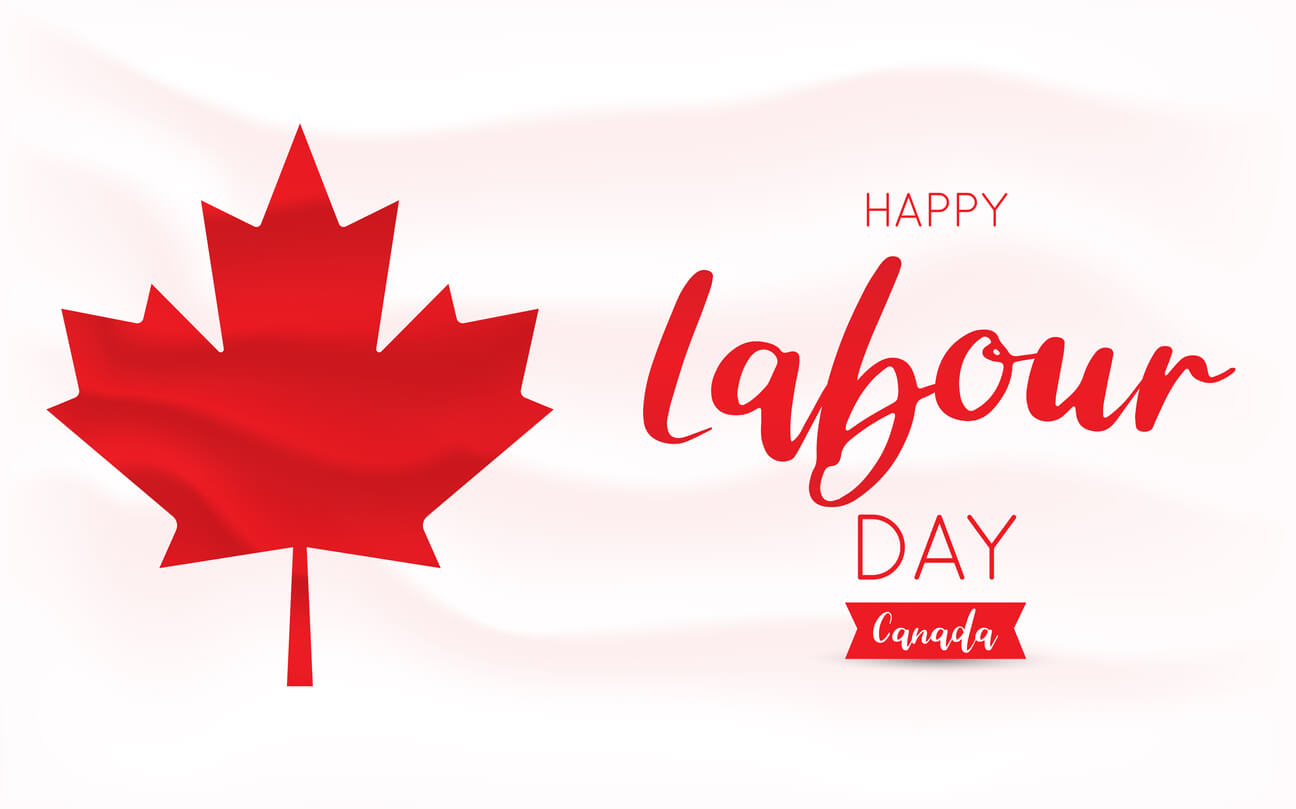
Since 1894, the first Monday in September has been designated as a statutory public holiday in Canada as ‘Labor Day’ (French: Fête du Travail). Yet, several regional protests and festivals from earlier decades can be linked to the founding of Labour day in Canada. [7] Such occurrences gained political significance in 1872, the year the Trade Union Act, a law confirming the legitimacy of unions, was passed as a direct result of a labour rally in Toronto supporting striking printers.
Ten years later, on July 22, 1882, a sizable labour celebration in Toronto caught the eye of Peter J. McGuire, an American labour activist, who, on September 5 of that same year, planned a similar procession in New York City. In the following years, parades and festivals on the first Monday in September were supported by unions affiliated with the American Federation of Labour and the Knights of Labour in Canada and the United States.
During these years, local holidays were observed in Canada in Hamilton, Oshawa, Montreal, St. Catharines, Halifax, Ottawa, Vancouver, and London. In 1889, Montreal established a public holiday. Since 1880, coal miners in Nova Scotia have held picnics and parades to commemorate the founding year of their union, the Provincial Workmen’s Association, which was founded in 1879.
Moreover, in 1889, the Royal Commission on the Relations of Labour and Capital in Canada advised that the federal government recognise a recognised ‘labour day.’ Unions pressed Parliament to declare a national Labour Day holiday in March and April 1894. Prime Minister Sir John Thompson introduced legislation in May, and it was given royal assent in July 1894.
Popular Celebrated Traditions and Parades
Attending a parade is one of the most well-liked ways to celebrate Labour Day. Extensive parades with marching bands, floats, and groups of workers from various industries are staged in numerous cities around the United States, Canada, and other nations. These marches remind workers of the hardships and triumphs of workers throughout history and frequently end with remarks from labour leaders and politicians.
Many people celebrate Labour Day by participating in outdoor activities, including picnics, barbecues, sporting events, and parades. Many people travel during this period and take advantage of the extended weekend.
What Do People Do on Labour Day?

Canadian Labour Day offers many folks the chance to unwind and spend time with their loved ones. It’s an opportunity to take a break from work and take advantage of the last summer days before the temperature begins to fall. Some folks use the day to finish household tasks or work on home improvement projects. Some use the day off to contribute to their communities, helping to clean up public areas or plan activities. Others use the day to consider workers’ accomplishments throughout history and how to modernise working conditions and labour rights.
Things To Do on Labour Day Weekend
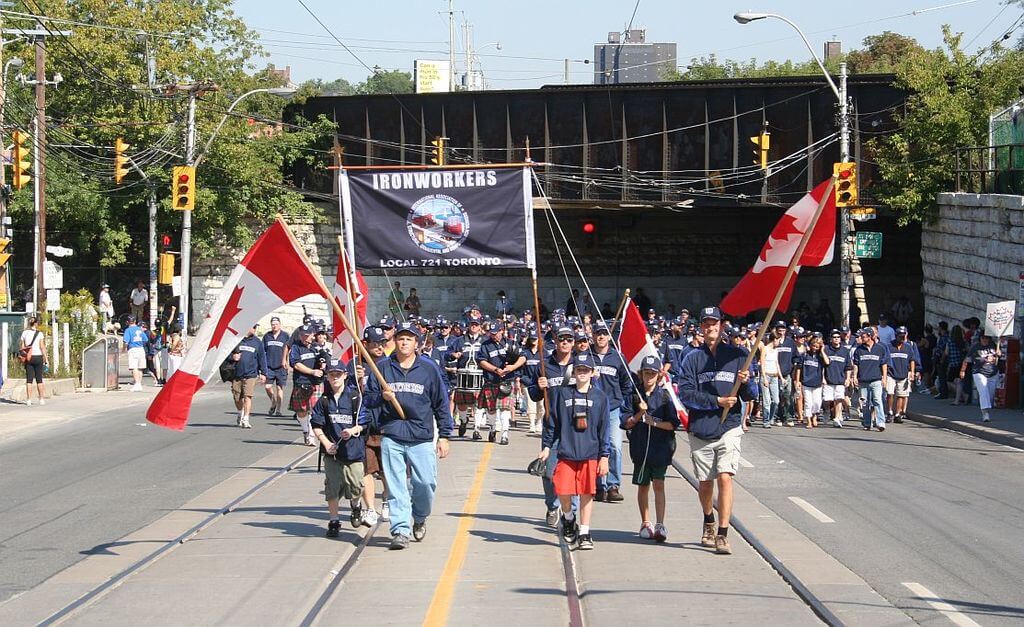
For Labour Day 2024 in Canada, there are multiple ways to celebrate. Here are a few that will make planning your Labour Day activities easier:
-
- Attend a Labour Day Parade: Experience the vibrant atmosphere of a Labour Day parade in cities across Canada. It features marching bands, union banners, and floats celebrating worker’s contributions.
- Join a Community Picnic: Many communities host picnics with food, games, and activities for all ages. It’s a great way to meet neighbours and enjoy the outdoors.
- Visit National Parks: Take advantage of the free or discounted entry to some of Canada’s stunning national parks over the Labour Day weekend.
- Participate in Cultural Festivals: Look for cultural festivals showcasing music, dance, art, and food from diverse communities.
- A Backyard BBQ: Host a barbecue for family and friends to enjoy the last days of summer. It’s a relaxed and fun way to celebrate.
- Attend a Sporting Event: Cheer for your favourite team at a local sports event. Labour Day weekend often features exciting baseball, soccer, or CFL football games.
Summing Up
Labour Day is a special day to appreciate the workers’ hard work. It started more than 100 years ago and is still celebrated worldwide. People go to a parade, help in their community, or celebrate the day at home. In Canada, Labour Day 2024 will be a time for everyone to enjoy a break and remember how important work is. There will be many fun events, like parades and picnics, where people can get together and have a good time. It’s a day to relax, have fun with family and friends, and think about how workers improve our lives.
You May Also Read :
| Celebration of Eid ul Fitr in Canada | Eid ul Fitr in Canada |
| Guide of Victoria Day in Canada | Victoria Day in Canada |
| How To Celebrate Mothers Day in Canada | Mothers Day in Canada |
| Know About Eid al Adha | Eid al Adha |
Frequently Asked Question (FAQs)
Yes, Labour Day is a national holiday for schools, offices, and general people throughout Canada.
Every year, Canadians celebrate the 1st Monday of September as a labour day since 1894.
You can honour workers on Labour Day by hosting a recognition lunch, giving thank you notes, personalised rewards, or publicising achievements.
It is thought that wearing white after Labour Day shows that the upper class wants to keep itself apart from the working class.
Labour Day 2024 is celebrated on Monday, September 2, in Canada. Is Labour Day a Public Holiday?
Do Canadians celebrate Labour Day?
How do we honour workers on Canadian Labour Day weekend?
Why can't you wear white after Labour Day?
What are the Labour Day dates in 2024?

